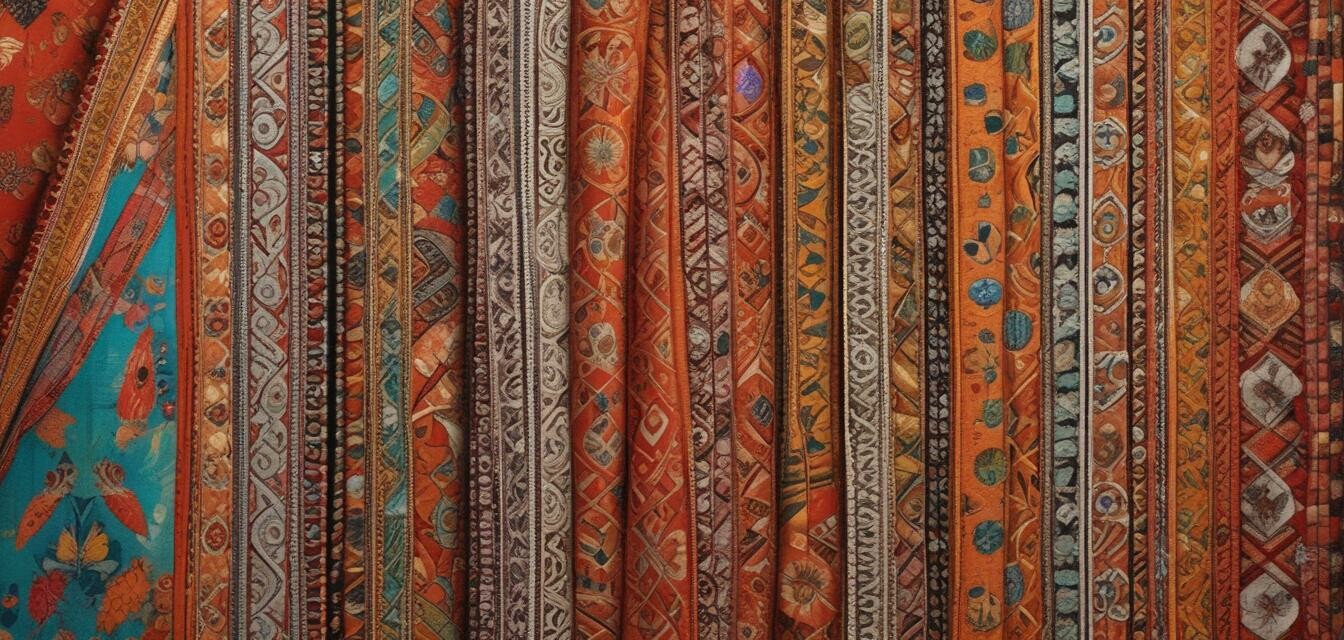
For FTC Disclosure see Footer
The Intersection of Fashion and Cultural Identity
Key Takeaways
- Cultural identity plays a significant role in shaping contemporary fashion trends.
- Fashion serves as a medium for self-expression and cultural representation.
- Inclusivity and diversity are becoming essential in the global fashion landscape.
- Exploring cultural fusion helps in appreciating and understanding different backgrounds.
The world of fashion is an ever-evolving landscape where aesthetics, culture, and personal identity intertwine. Today, more than ever, cultural identity is shaping fashion trends, providing a rich tapestry of styles that tell stories of heritage, tradition, and individual expression. In this article, we will explore the nexus between fashion and cultural identity, examining the importance of representation and the celebration of diversity in clothing choices.
Understanding cultural identity in fashion
Cultural identity refers to the feeling of belonging to a specific group based on shared cultural elements such as traditions, language, and values. In fashion, this translates to clothing choices that reflect personal and cultural narratives. Here are some ways cultural identity manifests in fashion:
- Traditional garments: Many people choose traditional attire for important cultural events, showcasing their heritage.
- Modern interpretations: Designers often reinterpret traditional garments with contemporary cuts and fabrics.
- Fusion styles: Blending elements from various cultures creates unique styles that celebrate diversity.
The rise of cultural fusion fashion
In recent years, the fusion of diverse cultural elements has gained momentum, leading to a new wave of fashion that challenges the norms of traditional clothing. Designers are increasingly inspired by global influences, leading to creative pieces that resonate with broader audiences.
| Cultural Element | Influence on Fashion |
|---|---|
| Bohemian styles | Incorporate free-spirited elements and varied patterns. |
| Ethnic prints | Add vibrancy and texture to modern outfits. |
| Artisan craftsmanship | Highlight sustainability and cultural heritage. |
The role of representation and inclusivity
In fashion, representation matters. It is essential to see diverse identities reflected in clothing choices, models, and advertisements. Inclusive fashion allows individuals from all backgrounds to see themselves represented, fostering a sense of belonging. Important discussions around inclusivity in fashion include:
- Representation of different body types and sizes
- Celebrating ethnic diversity on runways
- Highlighting the work of designers from underrepresented communities
Fashion trends influenced by cultural identity
Current fashion trends are increasingly drawing inspiration from various cultures. For instance, looks featuring bohemian chic styles showcase relaxed silhouettes and a mix of vibrant prints, while ethnic prints can be seen gracing the catwalks with their dynamic patterns. Additionally, the trend towards sustainable artisan clothing highlights handmade items that reflect cultural heritage, further connecting fashion with identity.
Embracing cultural fashion with Global Accessories
Accessories play a crucial role in expressing cultural identity. From bold statement pieces to subtle intricate designs, global accessories offer a beautiful way to incorporate cultural elements into everyday wear. Here are some popular accessory trends:
- Statement jewelry featuring traditional designs.
- Handcrafted bags made with locally sourced materials.
- Headwear inspired by global trends, such as turbans or wraps.
Fashion as a medium for dialogue
Fashion can be a powerful dialogue tool between cultures. By exploring various cultural elements and embracing them in personal style, individuals can foster cross-cultural appreciation and understanding. Initiatives such as cultural fashion shows and events also create platforms for sharing stories, encouraging discussions about identity and heritage.
Conclusion
Cultural identity profoundly impacts fashion and shapes trends in the modern world. As individuals increasingly seek clothes that resonate with their personal narratives and heritage, the importance of representation and inclusivity in fashion is magnified. Encouraging diverse styles and embracing cultural fusion not only enriches the fashion landscape but also serves as a powerful statement of global unity and respect for diversity.
Pros
- Encourages self-expression through clothing choices.
- Promotes understanding between different cultures.
- Fosters inclusivity and representation in the fashion industry.
Cons
- Risk of cultural appropriation if not done respectfully.
- Can lead to oversimplification of complex cultural narratives.